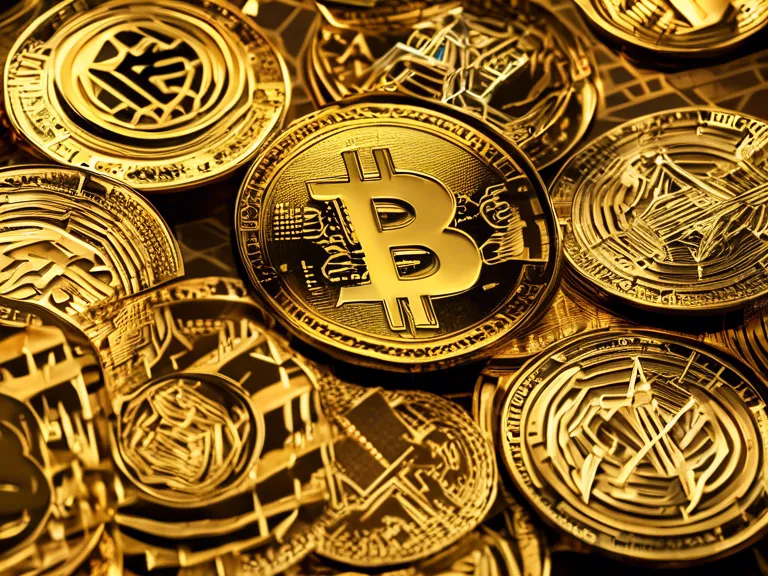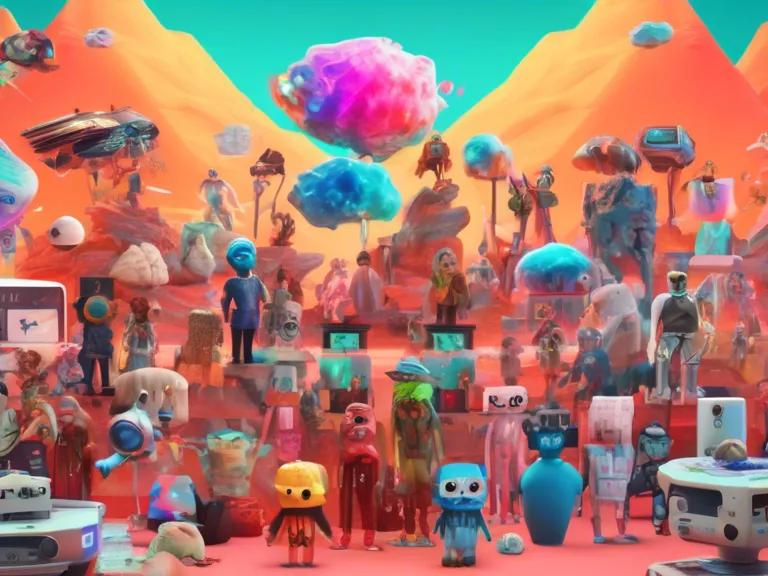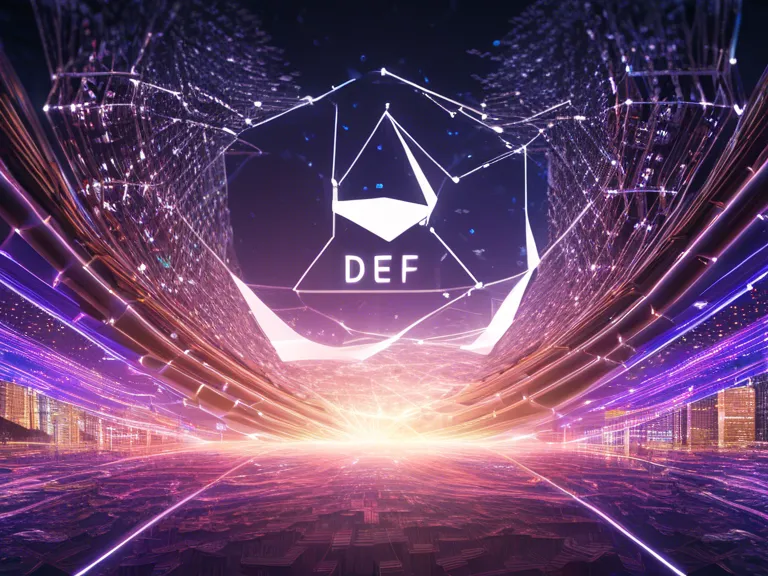
Introduction
The rise of Non-Fungible Tokens (NFTs) has brought about a revolutionary shift in the world of digital art. NFTs are unique digital assets that are stored on the blockchain, making them one-of-a-kind and immutable. In this article, we delve into the world of NFTs, exploring how they are changing the landscape of cryptocurrency and digital art.
Understanding NFTs
NFTs are cryptographic tokens that represent ownership of a unique asset, such as digital artwork, music, videos, or even virtual real estate. Unlike cryptocurrencies like Bitcoin or Ethereum, which are fungible and interchangeable, NFTs are indivisible and cannot be replicated. This scarcity and uniqueness are what give NFTs their value.
How NFTs Work
NFTs are created, bought, and sold on blockchain platforms that support the ERC-721 standard, such as Ethereum. When an artist creates an NFT, they mint it on the blockchain, which establishes its authenticity and provenance. The NFT is then stored in a digital wallet, and ownership is verified through the blockchain's decentralized ledger.
The Impact on Digital Art
NFTs have opened up a new world of possibilities for digital artists, allowing them to monetize their work in ways that were previously impossible. Artists can sell their creations directly to collectors, without the need for intermediaries like art galleries or auction houses. This has democratized the art world, giving artists more control over their work and a direct connection to their audience.
Investing in NFTs
As the popularity of NFTs continues to grow, more investors are looking to capitalize on this burgeoning market. Buying and selling NFTs can be a lucrative investment opportunity, but it also comes with risks. It's essential to do thorough research, understand the market trends, and be discerning about the NFTs you choose to invest in.
Challenges and Criticisms
Despite the excitement surrounding NFTs, there are also challenges and criticisms to consider. One major concern is the environmental impact of blockchain technology, particularly in terms of energy consumption. Additionally, there are issues of copyright infringement, ownership disputes, and the potential for market manipulation in the NFT space.
Conclusion
The emergence of NFTs represents a significant evolution in how we create, consume, and value digital art. By leveraging blockchain technology, NFTs have the potential to revolutionize the art world, giving artists new avenues for expression and monetization. As the market matures, it will be crucial to address the challenges and criticisms to ensure the long-term sustainability and integrity of NFTs in cryptocurrency.



